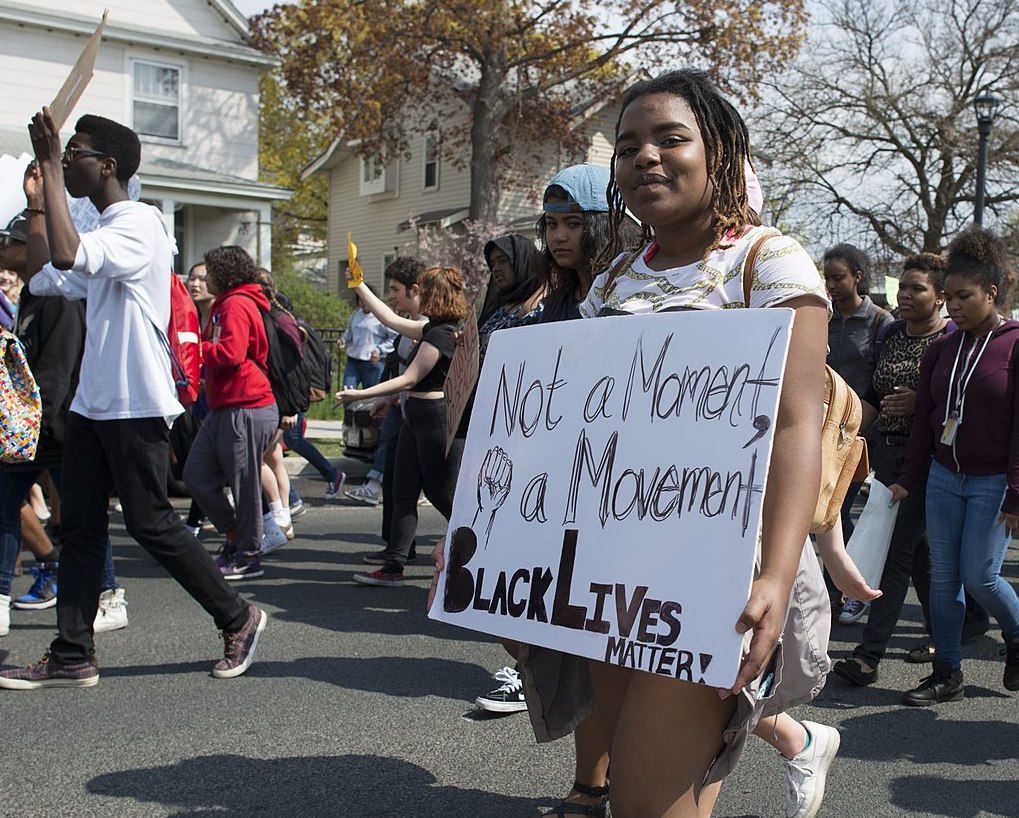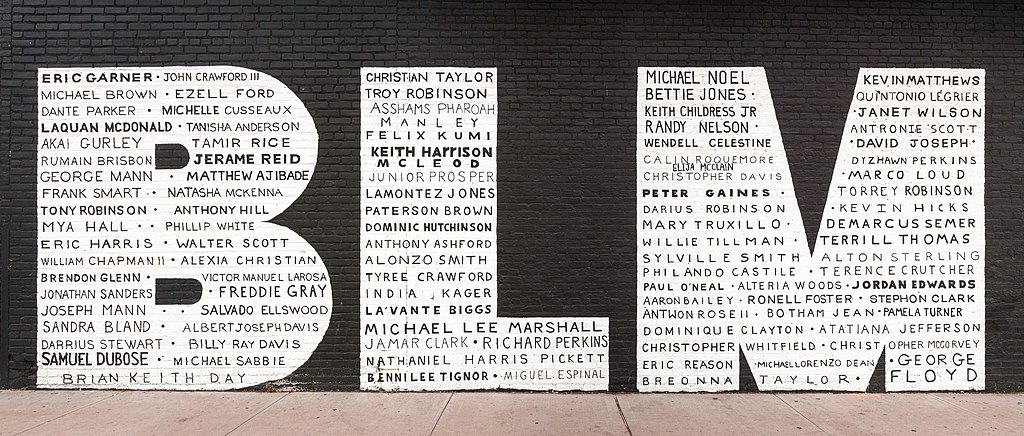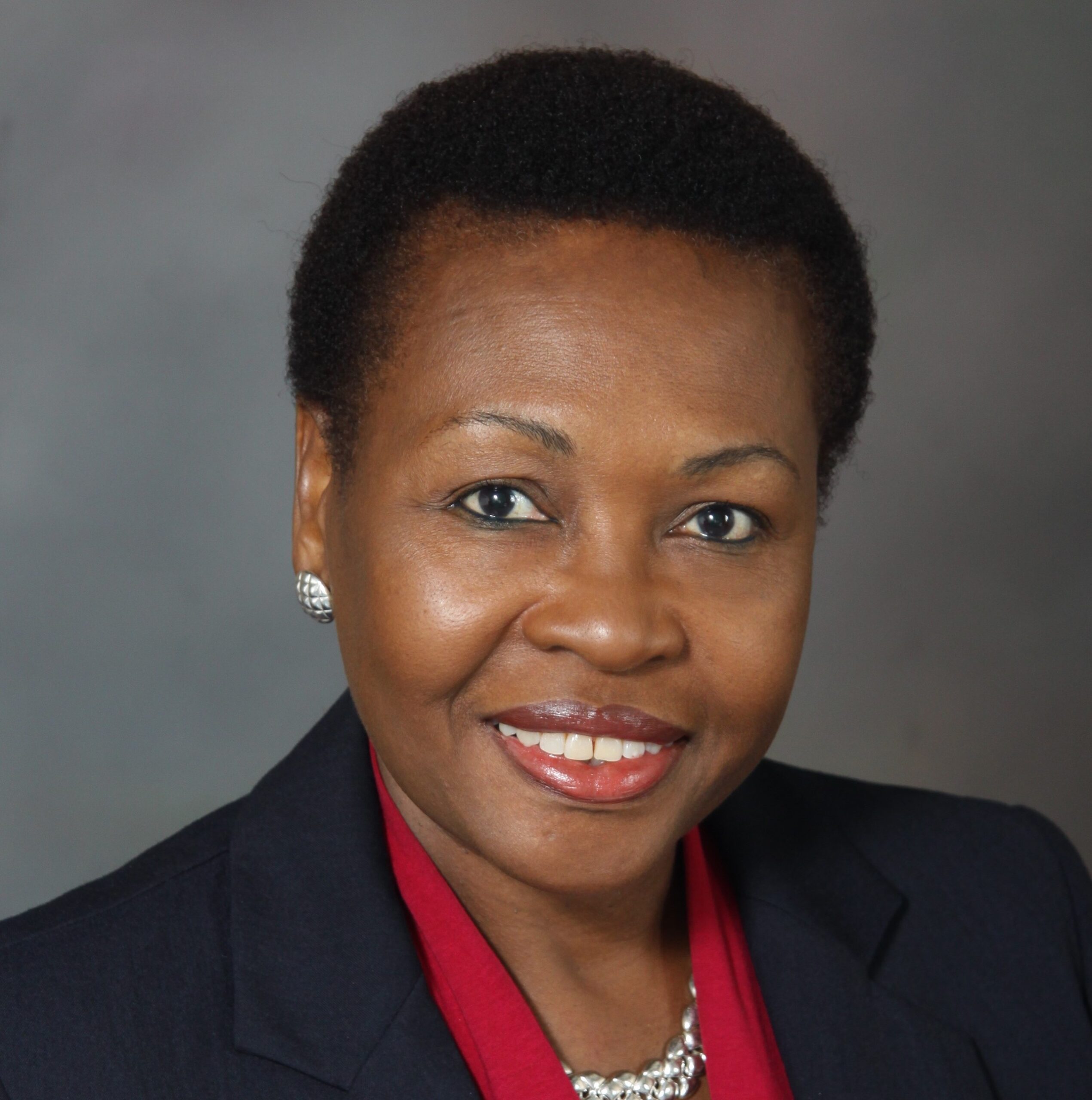
Vincent W. Lloyd’s Black Dignity: The Struggle against Domination theorizes Black Lives Matter intellectual thought as activists’ pursuit of Black dignity and the ending of domination through a commitment to “dignity as struggle.” In this post, I present four observations about the work: (1) my reading of Black Dignity, (2) reflection on some insights and tensions of the book, (3) discussion of struggle as dignity in relation to Black religious consciousness, and (4) a view of the book’s challenge to readers.
I. One Reading of Black Dignity
Lloyd asserts that “struggle against racial domination is the paradigm of struggle—and Black dignity is the paradigm of dignity” (14). He contends that Black struggle is the preeminent form of struggle against domination. The will of Black people to struggle against the persistence of crushing anti-Blackness expresses dignity; and hence Black struggle is Black dignity. The emergence of this view in #BlackLivesMatter brought a new Black politics and a new political vocabulary. The vocabulary—particularly Black Rage, Black Love, Black Family, Black Futures, and Black Magic—reflects contemporary Black passion for freedom and overcomes the neutralizing, distracting language and busy work of “diversity, multiculturalism, racism, and nonviolence” (viii).
Black Dignity analyzes continuities and discontinuities of pre-#BlackLivesMatter activism with the current movement to identify the usefulness of ancestors’ practices. Selectivity in determining what is useful indicates a connection between intellectual thought and activism, revealing a BLM spirituality of reciprocating critical reflection and practice. The spirituality of Black dignity is a way of living; it seeks congruity of the world with BLM’s continually developing inner visions. Selecting the useful also is a signal of BLM activists’ engagement with diverse spiritual and religious traditions, which continues the legacy bricolage work in Afro-Atlantic ancestors’ religiosity.
II. Some Reflections
The approach of analyzing activists’ words and practices to discern their intellectual contributions is an important methodological practice. In addition to presenting a philosophical reading of BLM intellectual perspectives, Black Dignity offers a survey of the variety of ways BLM participants practice dignity as struggle. Accompanying the new intensity are new practices that centralize aesthetics, imagination, and more as activism. Lloyd is weary of identifying specific goals because ontic goals distract from ontological practice, tend toward reform, and may close or distort visions of the final, not yet imagined, although impossible to achieve, future end to all domination.
The spirituality of Black dignity is a way of living; it seeks congruity of the world with BLM’s continually developing inner visions.
Black Dignity notes women’s prominent BLM leadership and parallels that recognition by including Black women scholars to theorize BLM commitments and practice. In addition to others, Black Dignity draws deeply on Audre Lorde to explicate Black rage and to affirm Black family structures that break apart the nuclear family as the norm for familial intimacy and to release legitimate Black family from patriarchy and respectability’s debilitating restrictions. Some themes of Black Dignity—the quasi-eschatological emphasis on ontological struggle toward an impossibility; the comparability of domination throughout the world from the beginning of time with the traditional western conception of sin; the privileging of “creeds” for establishing Black religious norms—may cause some readers to liken Black Dignity’s theoretical constructions to Christian doctrine. In the latter case, Black Dignity’s argument that Black struggle against domination (actions based on political orientation) contradicts its presentation of Black liberation theology: “This tendency to focus on actions and political orientations rather than creeds left Black liberation theology vulnerable to co-optation during the era of multiculturalism.” (125)
III. Struggle as Dignity and Black Religious Consciousness
There is a similarity in the specific spirituality animating BLM struggle and Black religious consciousness. I understand the origin of Black spirituality to be the legacy of enslaved Africans’ identities as persons in communities that made personhood possible, ubuntu. During the Middle Passage, Africans remembered themselves as persons in communities and encountered that memory as a sense of the sacred during unimaginable horrors. In Ellipsis…The Collected Writings of Charles H. Long, Long suggests, in their imaginations, Africans turned toward the sacred as a defining reality other than the total domination of being chained as not-humans at the bottoms of commercial ships.[1] The intellectual labor of remembering and maintaining conceptions of themselves as persons is central to Black religious consciousness, a disposition sustained and enacted in every objection, every form of resistance, every melody, thought, or gesture that expresses Black personality. Religious consciousness is a sense of the self as inviolable and an arbiter of values in the world, including awareness of one’s deep concerns and ultimate affections. Black religious consciousness includes an oppositional disposition and actions related to anti-Black discourses and practices that inhibit being Black persons in the world. Without and within Black religions—in blues lyrics and performances, in Civil Rights Movement organizing, in objection to the back of the bus, in marching through vicious crowds to integrate schools, in the communal rescue of persons needing support, in refusals to be blamed, in wearing braids and beads—Black people enact the personal and communal virtue of Black religious consciousness every day.

Black Dignity’s presentation of enacting dignity now by relying on “divine power…manifesting inside” resonates with the sense of the sacred in everyday Black religious consciousness. Black Dignity’s use of Lorde to emphasize the foretaste of freedom and power experienced during struggle with others in love also resonates with William R. Jones’s humanistic theology that affirms the energy generated through intense collaborative action and with the esprit de corps of the Black religious consciousness that many Black women drew on and cultivated during the Civil Rights Movement. Some womanist theologians and Black feminist scholars theorize this often-overlooked relational work of Black women as invisible dignity and unshouted courage (Katie Cannon), an ethic of intragroup social responsibility (Marcia Riggs), and enslaved Black women’s labor of care (Angela Davis). Some Black women religious scholars draw on Alice Walker’s term womanist (identifying courageous, willful, responsible, in charge, serious behaviors) to name their work. Like Black theologies, womanist and other liberation theologies emerged amidst and after mid-20th century resistance movements across the globe to analyze that resistance work. Similar to Lloyd theorizing BLM intellectual thought, much liberationist scholarship is drawn from activism and offers theoretical insights for living faithfully against the grain of domination.
Black religious consciousness includes an oppositional disposition and actions related to anti-Black discourses and practices that inhibit being Black persons in the world. Without and within Black religions Black people enact the personal and communal virtue of Black religious consciousness every day.
Although sometimes over-determined by Christian traditions, liberation thought of the late mid-20th century also pushed down walls of the dominating Christian orthodoxies that purportedly secularized the world, weaponized syncretism to forbid engaging Indigenous traditions, forbade full human communion with Muslims and persons in other traditions, and required respectability practices. Black women excelled in challenging these orthodoxies. Their religious consciousness in historic and contemporary activism and literature often enacts Black women’s religious consciousness as the living-against-the-grain required to pursue free, full, flourishing human life. Related to the dis-ease of Black religious consciousness with dividing life into sacred and secular realms, some contemporary womanist scholarship rejects separation of flourishing human life from living against the grain of domination. This is Tricia Hersey’s assertion in Rest Is Resistance. There is resonance, again, in Black Dignity’s description of flourishing in struggle.
IV. The Kind of Life One Lives
Black Dignity’s assertion that anti-Black racism “is at the center of everything, for everyone” offers an opening to reflect on the kind of life one lives. At a time when grab-all-you-can by any means available is stridently normalized as exemplary, Black Dignity provides a different view of the exemplary: Dignity is the use of intellectual and physical capacities for an ontological purpose. In a world structured by domination, living purposefully requires intense, conscious action with others fueled by rage, love, and family to imagine the end of domination. Although there is no road map—”the deepest kind of flourishing we can experience … cannot be achieved by following certain moral rules or copying certain moral habits” (159)—Black Dignity’s logical reasoning invites us to adopt its view of living. Identifying struggle as accompanying “the deepest kind of flourishing” possible centralizes a type of human thriving that is purposeful, encourages creativity, affirms being in touch with one’s passions (rage and love), takes account of human embodiment as both frail and a host of divine power, and as something that exists in community. If the proposition is accepted that domination has so colored visions of the world that most human time is spent accommodating domination, a central task of the commitment to being free humans is to change that worldview. Domination’s overwhelming hold means, as Lloyd writes, “To see and act rightly, to realize our humanity, we must believe we will be free and struggle to achieve our freedom” (104). The emphasis on “struggle” clarifies the idea of belief as something other than hope (for pie in the sky), because living a life of struggle is directed by the belief that there can be freedom and the sense of the future as intertwined with passionate pursuit of that to which one is ultimately committed.
[1] See Charles H. Long, Ellipsis…The Collected Writings of Charles H. Long, 280. Long writes: “The Middle Passage—chained enslaved Africans in the holds of several ships of every Atlantic maritime nation—is never forgotten by the Africans, neither during slavery nor in freedom. The watery passage of the Atlantic, that fearsome journey, that cataclysm of modernity, has served as a mnemonic structure, evoking a memory that forms the disjunctive and involuntary presence of these Africans in the Atlantic world. From this perspective, religion is not a cultural system, much less rituals or performance, nor a theological language, but an orientation, a basic turning of the soul toward another defining reality.”

